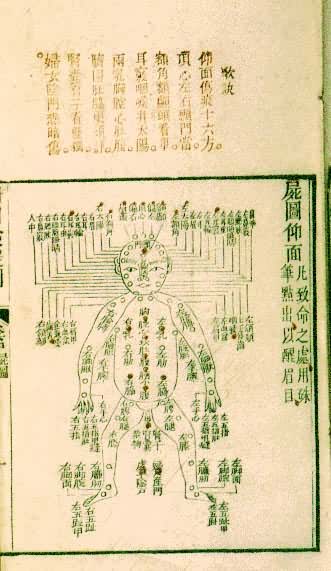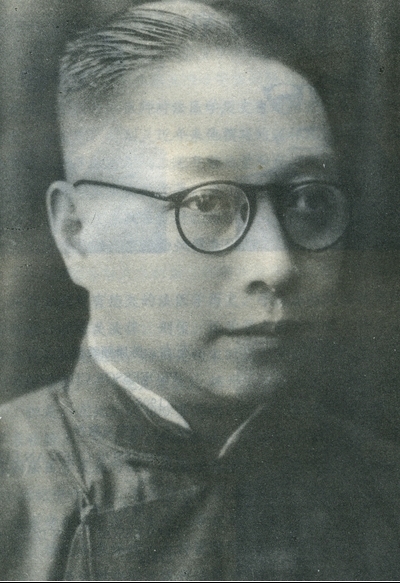Brief History of Forensic Medicine in China
发布时间:2016-04-05浏览次数:638
Forensic Medicine in China has a long history which can be traced back to the Chhin era in the third century BC. Documents entitled Feng Chen Shin (Models for Sealing and Investigating) written on bamboo strips discovered from a Chhin tomb revealed a detailed description of death investigation which was reported as “Death by Robbery with Violence” and “Death by Hanging.”
A handbook entitled Xi Yuan Ji Lu (“The Washing Away of Wrong” or “Collected Cases of Injustice Rectified”) written by Song Ci (1186-1249) has been considered the first systematic book on forensic medicine in history. It stated that a forensic medical doctor must be serious, conscientious, and highly responsible, and must also personally examine each dead body or body of a wounded person. The particulars of each case must be recorded in the doctor’s own handwriting. No one else was allowed to write his autopsy report. The handbook contains guidelines for postmortem examinations, including descriptions of various wounds caused by sharp and blunt instruments. It also offered comments on the determination of whether an individual who was found in the water had died of drowning or had been killed beforehand, and whether a burned individual was dead before the onset of the fire. The book was translated into many foreign languages, including Korean, Japanese, German, French, Dutch, and English. Song Ci is honored as the greatest figure in the history of Chinese forensic medicine.


 Modern forensic medicine was not established in China until the 1930s, pioneered by Professor Lin Ji (1897-1951). Professor Ji, who studied forensic medicine in Germany returned to China and established the first teaching class of forensic medicine at Peking University Medical College (now Beijing University Medical College). Before the founding of the new China in 1949, the development of forensic medicine was very limited, having only few trained forensic pathologists in only a small part of China.
Modern forensic medicine was not established in China until the 1930s, pioneered by Professor Lin Ji (1897-1951). Professor Ji, who studied forensic medicine in Germany returned to China and established the first teaching class of forensic medicine at Peking University Medical College (now Beijing University Medical College). Before the founding of the new China in 1949, the development of forensic medicine was very limited, having only few trained forensic pathologists in only a small part of China.
The first stage of development of modern forensic medicine took place during the 1950s. With the establishment of the People’s Republic of China, the Ministry of Health promulgated the first edition of “National Guidelines of Autopsy Performance” in 1950, which was modified in 1957. The principal objective of these guidelines was to provide a constructive framework that divided autopsies into three categories: general autopsy, hospital autopsy, and forensic autopsy. It was stated in the guidelines that forensic autopsy could only be performed by forensic medical experts in the police force, courts, prosecutors’ offices, the forensic medical institutes of medical colleges, and certain hospitals under the commission of the courts, prosecutors’ offices, or police force. In 1951, the Nanjing Central University Medical College (now Nanjing University Medical College) commissioned by the Ministry of Health hosted a first training class in forensic medicine for medical school teachers. From 1952 to 1956, the Institute of Forensic Medicine (now the Institute of Forensic Sciences) under the Ministry of Justice trained more than 200 medical students for work in forensic medicine and most of them became forensic pathologists. Until the early 1970s, many medical schools had established either a department of forensic medicine or a division of forensic medicine within the department of pathology to give lectures on forensic medicine to medical school students. Forensic medicine became a part of medical school curriculum.
With the onset of the Cultural Revolution in 1966, the development of forensic medicine essentially ceased with many trained forensic medical experts forced to leave their posts. Almost all the medical schools shut down their forensic medicine programs.
The end of the Cultural Revolution brought the reinstitution of forensic medicine. Beginning in 1997, the number of trained forensic medical experts involved in medicolegal death investigation has increased tremendously and expanded into the police force, courts, prosecutors’ offices, and the justice system, as well as the universities of forensic medical sciences. During the rapid development period from 1978 to 2005, medicolegal investigation in China was a multi-agency and multi-level system, in which there was more than one forensic medical agency conducting medicolegal investigations in the same jurisdiction. The forensic medical experts in the police, courts, and prosecutors’ offices at the different administrative levels handled the cases submitted to their own agencies. Each agency was independent from the others, and a case could be rechecked by more than one agency during the legal process. Since 2005, the medicolegal investigation system/forensic medicine have undergone profound changes that reflect the political and economic reform in China. At the end of 2005, the central government passed legislation concerning the medicolegal investigation system in China. The purpose of the legislation was to discontinue the practice of medicolegal investigation by the forensic medical divisions in the courts and to limit the authority of the prosecutors’ offices involved in the medicolegal investigation in order to avoid conflict of investigations and prosecutions within the same agencies.
The Chinese medicolegal investigation system is deeply influenced by the political system. As a result of rapid development of China’s social and economic status and gradual reform of its political and legal system, forensic medicine has begun to receive more and more of the attention it deserves. The central government is trying to standardize the existing system by establishing national guidelines and regulations for medicolegal death investigation. Although forensic medicine in modern China has improved greatly during the last 20 years, there is still significant weakness in the current system. There is a wide variation in the scope, extent, and quality of medicolegal investigations among the agencies and at the different levels of administration. Thus far, to a varying extent, depending on jurisdiction, in the current system there is a lack of practice standards for training and certifying forensic medical experts and a lack of quality measures and quality control mechanisms. The other major issues include the shortage of qualified forensic medical experts and the lack of adequate resources from local governments for operations and personnel.
It is clear that there is a substantial public interest and need to increase the level of education, training, and qualifications of medicolegal investigators. To further improve the current medicolegal investigation system, it is a paramount necessity to establish national standards for training and certifying forensic experts; to install a nationwide system of inspection and accreditation; to increase funding from the central and local governments in order to train and to attract more qualified personnel, as well as to modernize facilities; and to reform the system to be more independent from the administration of police and prosecution system.

